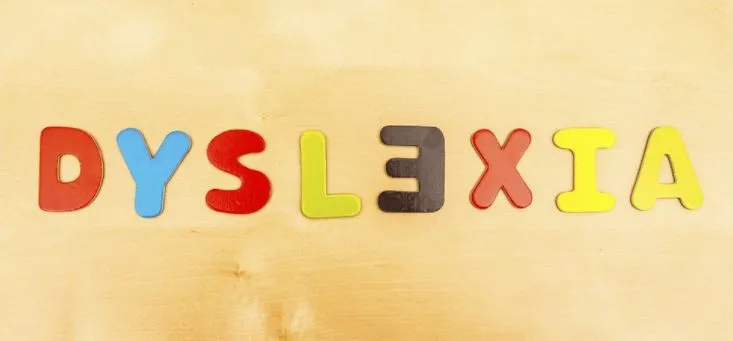
DYSLEXIA
What is Dyslexia?
Dyslexia refers to “a pattern of learning difficulties characterized by problems with accurate or fluent word recognition, poor decoding, and poor spelling abilities” (DSM-5). It is a neurodevelopmental disorder and is characterized by difficulties in phonological awareness, working memory and word retrieval skills. This is likely to cause difficulties with reading comprehension, spelling, writing, gaining automaticity in tasks or the solving of Mathematical problems. No two individuals with dyslexia are likely to have the same profile or present with the same difficulties. Research has shown that there are genetic components to dyslexia and it may occur across a range of intellectual abilities.
When should I decide to assess my child?
Children need to be sufficiently exposed to reading-related activities and be provided with adequate teaching and learning opportunities before they should be assessed for dyslexia, usually after 6 years old. Response to Intervention (RTI) is a process used in identifying children with dyslexia or other learning difficulties. A child identified to have difficulties is provided with gradually intensified support, moving from special tutoring and small group instructions to more targeted, individualized intervention. If he/she fails to show improvement despite such interventions, the child is likely to benefit from an assessment to determine his/her learning needs.
How is Dyslexia diagnosed?
To make a diagnosis of dyslexia, an assessment includes detailed interviews with the child and his/her caregivers to gather information about developmental, family and medical history, as well as details pertaining to learning concerns. Learning difficulties usually begin during school-age years and need to be present for at least 6 months.
Standardized assessments will usually be administered to determine the child’s cognitive capabilities using instruments such as the WISC-V to determine his/her baseline abilities (e.g. in vocabulary, visual-spatial abilities, non-verbal reasoning abilities). An in-depth assessment of his/her reading/writing, spelling and other learning abilities (e.g. WIAT-III) as well as the child’s phonological knowledge (CTOPP2) will also be needed. Together with the information elucidated from the interviews; as well as the objective results of the standardized assessments, specific interventions based on the child’s needs can then be tailored.
What are the available interventions for dyslexia?
As every child with dyslexia has different needs, it is important to target interventions according to the needs of the child. Children with dyslexia frequently respond to explicitly taught reading methods such as phonics (focus on sounds of letters and letter combinations), linguistic,(oral language is used as an associative tool for words and spelling patterns) or multisensory (involves interaction between what the child sees, hears, feels in forming speech and writing) approaches.
What about care-giver support?
To make the educational experiences of children with dyslexia more productive, they will require a variety of instructional approaches. There is no one best approach to teach reading to children with dyslexia. It is important for parents to understand both their child and the various reading methods available to bring about the best possible learning experience. Just as important, is the ability to learn to modify various methods to meet the unique needs of their child.
